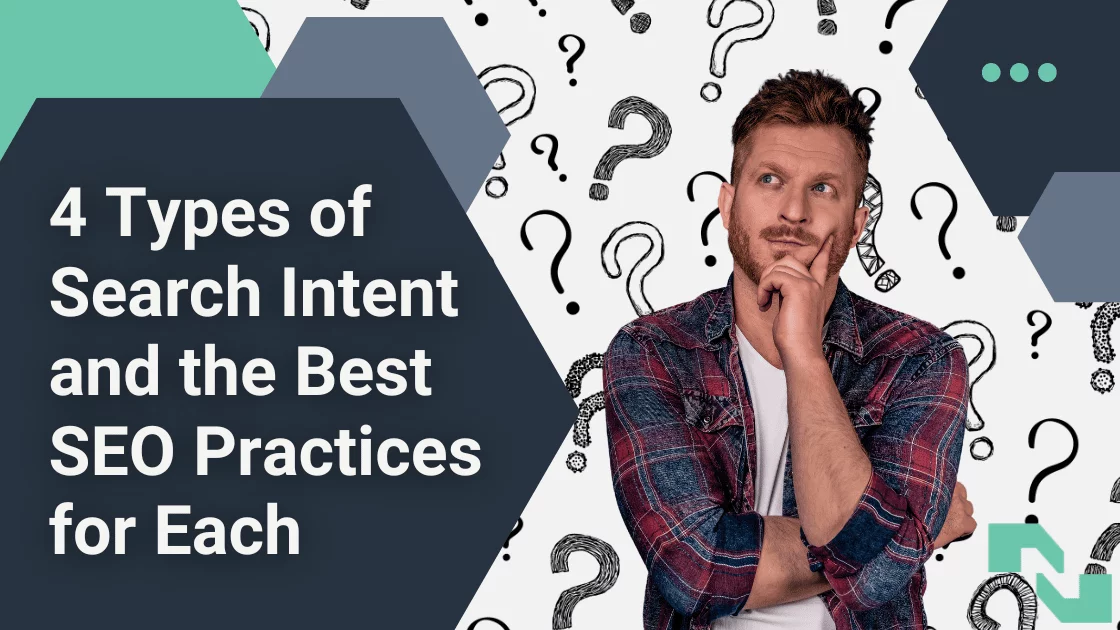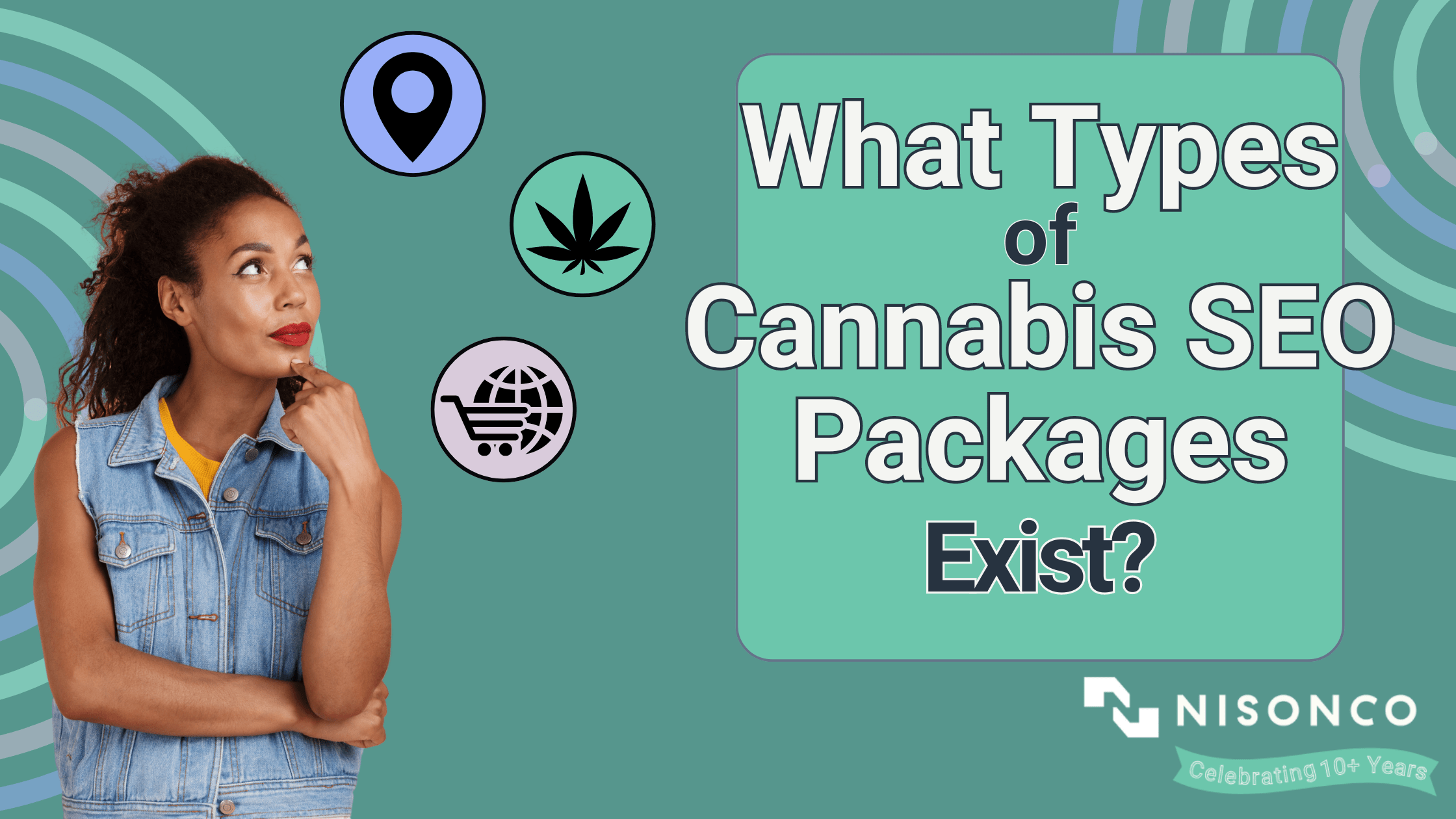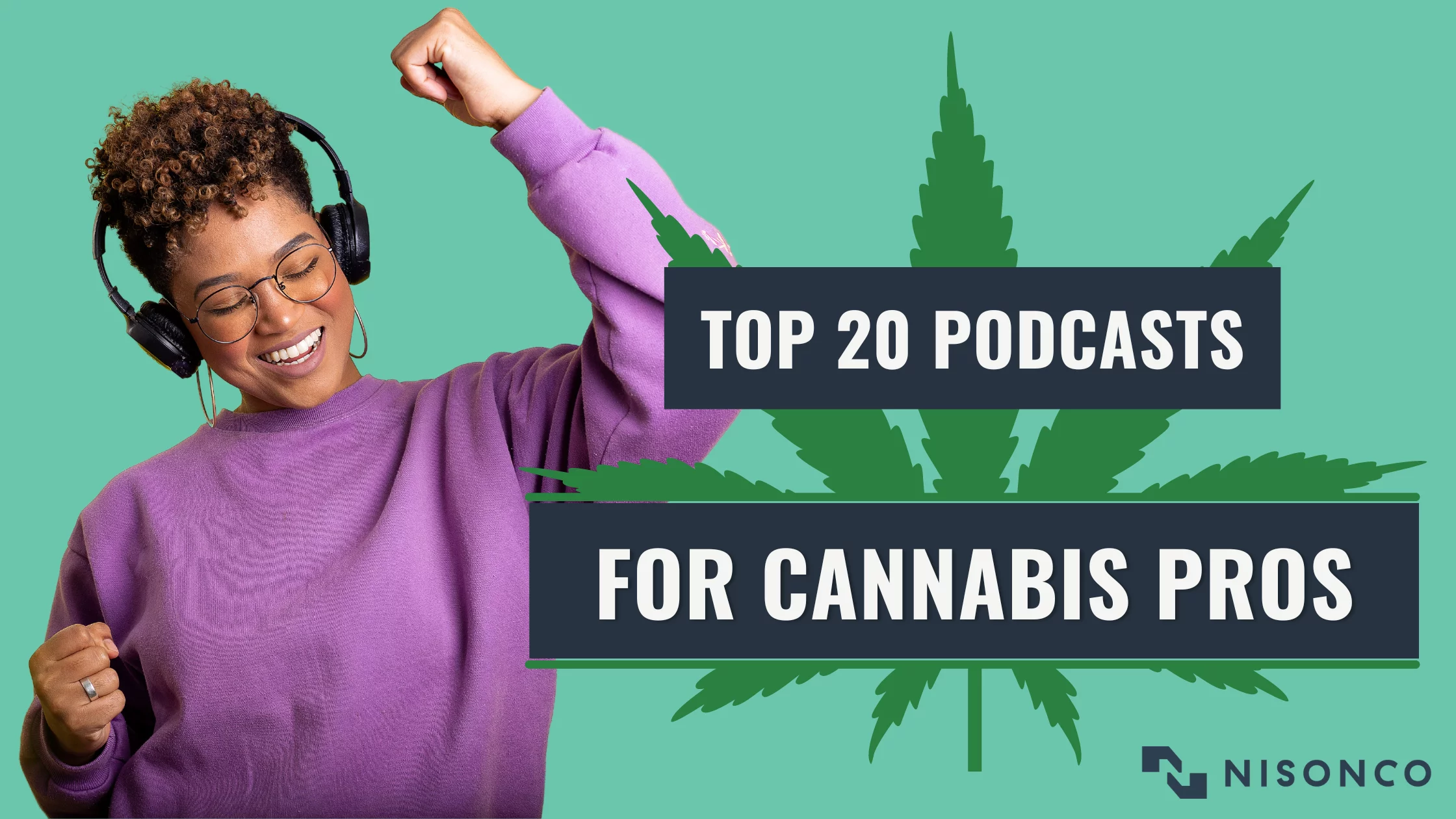It’s essential to know what your target audience is searching for to optimize your website or content and serve them better. You’ll need to know the common kinds of search intent to optimize your webpage or create SEO-optimized content.
What is Search Intent?
Search intent is the reason why a user is using a search engine. Their search intent may be to buy something, find information, or another purpose. We all use search engines in our daily lives. Think back to the last time you Googled something — it probably wasn’t that long ago!
Let’s explore the four types of search intent and the SEO best practices to target each type.
1. Informational Search Intent
This type of search intent is self-explanatory. Many people use search engines to learn more about a specific topic. Whether you’re using a search engine for professional or personal reasons, most people have used Google or another search engine to find helpful information. For example, if you’re watching a movie and use Bing to search what other films the lead actor has performed in, you’ve conducted an informational search.
Use SEO tools to research questions your target audience is most likely to search for and implement long-tail keywords that mimic questions on your website. An FAQ section can help make this more organic and cover all the most common questions users search for.
2. Commercial Search Intent
Commercial intent is when a user would like to learn more about products. They’ll use the search engine to research a product or service and intend to purchase something soon. With so many options on the market, many consumers like to do their research before spending their hard-earned money on a product.
Invest in keyword research for this type of search intent, and don’t sleep on variations of these keywords so that you cover all of your bases and will appear in more searches. Searchers with commercial search intent often include non-branded localized terms such as “best sushi place near me” or “top 10 CBD products on the market.”
3. Transactional Search Intent
Transactional search intent classification refers to users interested in buying something at that very moment. The user already knows they want to make a purchase and are searching with the intention of spending. Optimize your website for this type of search intent by ensuring that your page loading speed is fast and the site is user-friendly and easy to navigate.
Ensuring your site contains keywords that would appear in search results for interested parties trying to purchase your product or service is also essential. Additionally, adding a reviews section can be a good idea to make people feel like the product or service is tried and trusted by real people.
4. Navigational Search Intent
Navigational search intent is when someone uses some version of the target URL in their inquiry. For example, a consumer that wants to visit Pinterest will type “pinterest.com” into the search engine. Because people already know where they’re going in a navigational search, it is essential to ensure the landing page is optimized.
Double-check that your landing pages for products, services, the home page, etc., are optimized using your target keywords through the meta titles, descriptions, alt-image text and page headers when optimizing for navigational search intent.
Unsure Where to Begin Optimizing Your Site for SERPs?
NisonCo is a top psychedelics, cannabis, CBD and crypto/blockchain SEO agency. We strive to provide valuable resources to our audience, and if you’re interested in exploring our SEO services more in-depth, check out our SEO service page.
Want more cannabis SEO tips that you can use for your company or brand? Click here!



